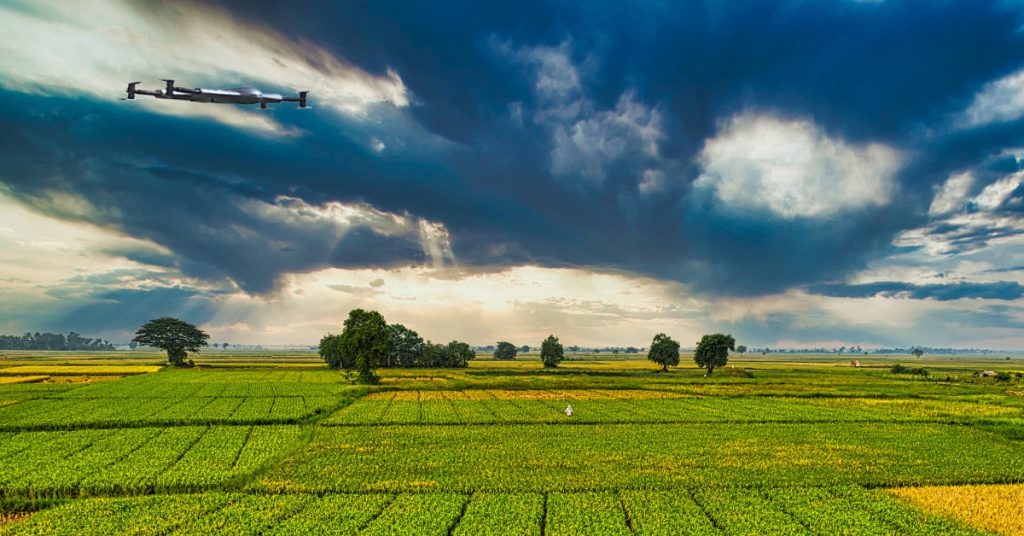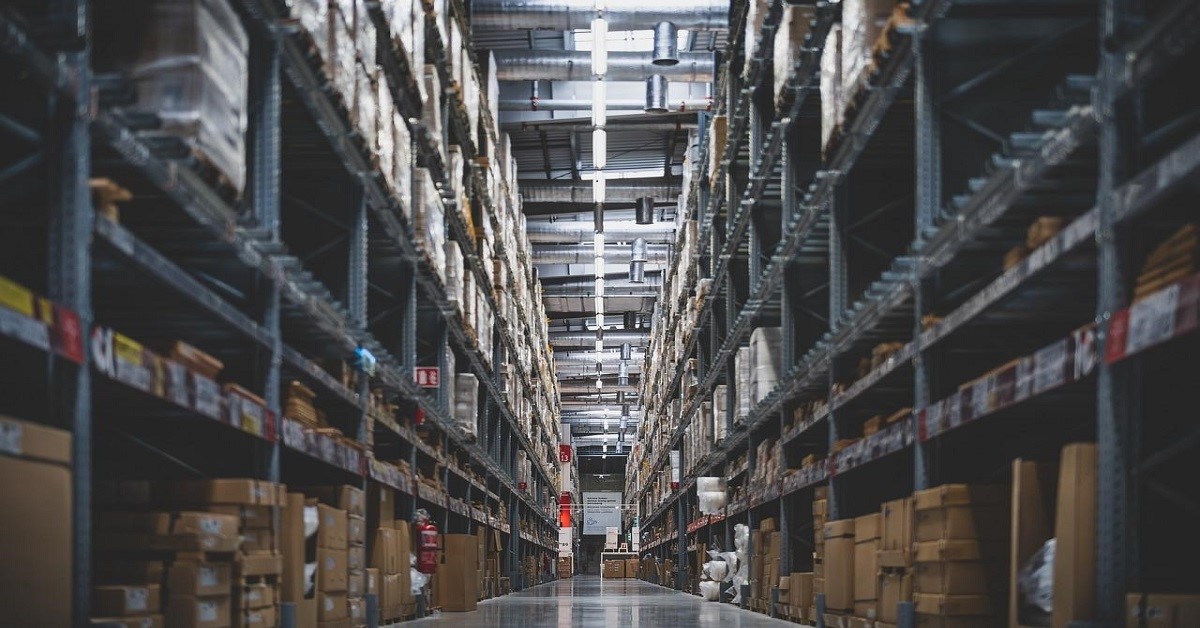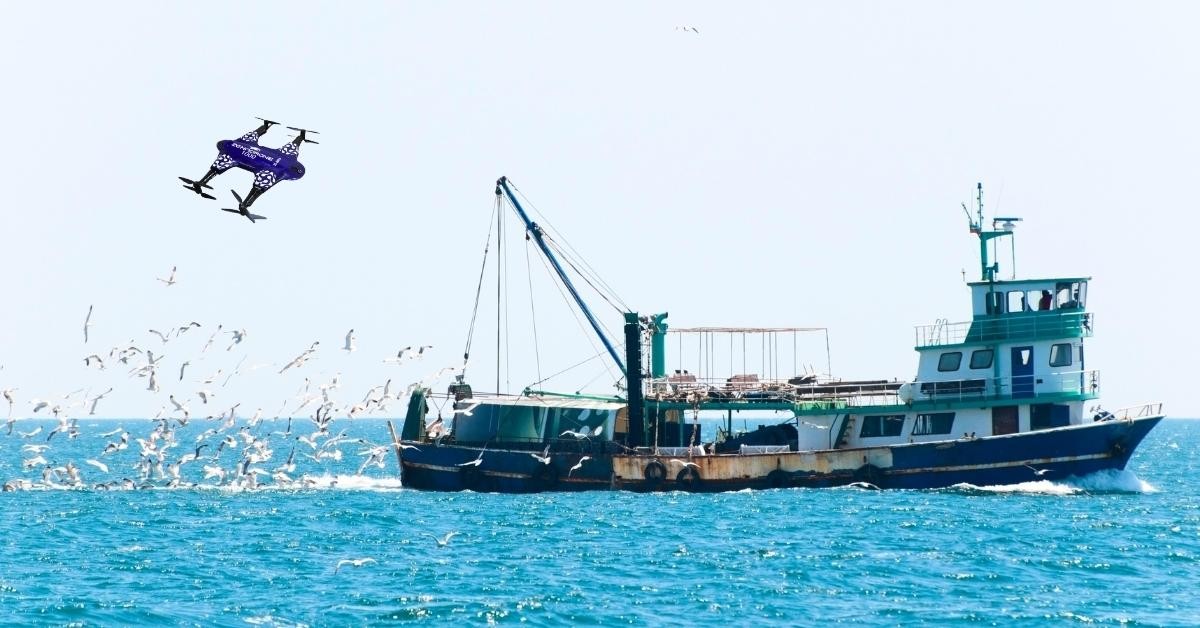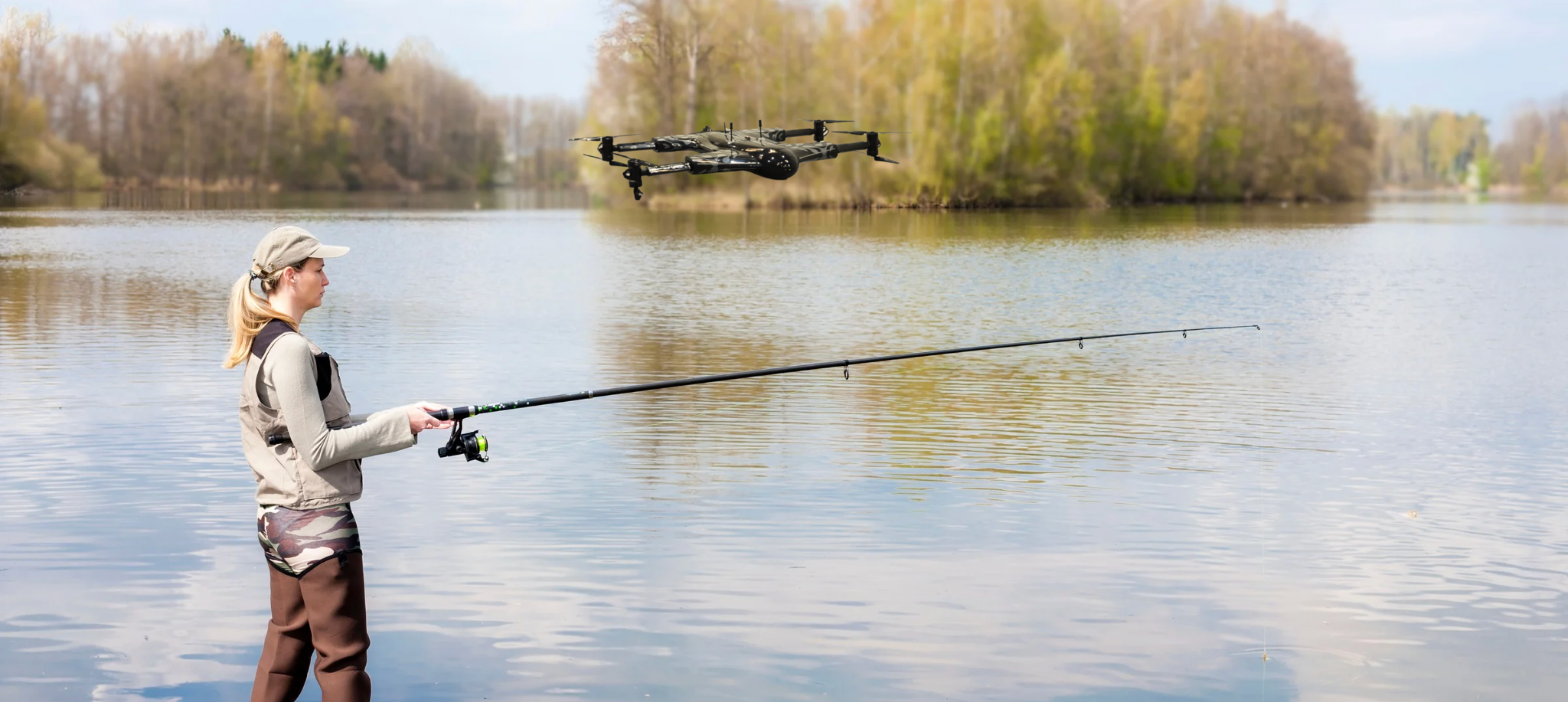The Applications of Drones in the Agriculture Industry

With the increase in food production demand, the agriculture industry is evolving through innovative solutions. One of the excellent solutions is the use of drone technology. It has assisted farmers and agriculturists in managing massive land farming through effective and accurate monitoring.
Over time, drone companies have upgraded their drones to support different sectors like agriculture. Some drones can help in aerial viewing, spraying, monitoring, and more. Discover how this innovative solution has enhanced the work of the said industry and the pros and cons of drones in agriculture.
How are Drones Used Successfully in Agriculture?
Agriculture UAVs are powerful tools that the farming industry considers an excellent investment. Although they can be expensive, their role in meeting the growing demand for rapid food production is truly commendable. From planting to harvesting, agriculture UAV significantly boost production by enhancing efficiency and precision in farming operations
Drone Seeding
Drone seeding is one of the most known agricultural drone features that help production. Instead of the usual manual plantation, drones can store and shoot seeds into the soil, ensuring enough for them to grow. The drone supports sensors that can guide the farmer if the land is suitable for drone seeding. The traditional planting method will take much time, effort, and extra workforce; hence the design of drone technology is here to help with all of these factors. Increasing food production can also mean increasing the needed resources. However, with drone technology, this investment can help minimize the cost of increased resources.
Efficient Land Utilization
The drone technology allows farmers to utilize every land area as possible. It is challenging for the industry to reach certain remote areas to plant seeds. And since some of it is too steep or dangerous, going to those fertile lands can be impossible. The drone technology and its aerial seeding allow the farmers to access these hard-to-reach areas. Farmers can efficiently utilize the land and farm there. There is no need to take much risk since all they need to do is deploy the drone and do the automated plantation.
Digital Plant Monitoring
Tracking the plant status is vital for agriculturists. Checking every plant is essential to see the growth and the potential problems that need to counter. And since this task is laborious and may take much of the workforce and time, farmers must do something to make it easier to handle. The drone sensors can allow effective aerial monitoring where they can rapidly scan the plantations and spot damaged or dead crops. It can also handle weather changes that frequently cause complications for this task. Compared to satellite imaging, drones are easier to deploy at any time. Supported by 4k quality cameras, drones can give well-detailed imaging of the farm. Thus, it helps agriculturists in immediate awareness of the plantation condition and monitors the expected production.
Drone Spraying
Another application of drones that benefits the industry is its automated spraying functions. It helps agricultural producers better control their water and chemical spraying. As drones have excellent scanning functions that can analyze the land and plants, farmers can use the data for efficient spraying operations. It is also commendable for its ability to access difficult-to-reach lands, ensuring to spray every land area.
In addition, promoting drone spraying in agriculture operations helps farmers avoid using backpack spray. Manual spraying with it is often the cause of farmers’ health complications. Hence, drone spraying manages the risk of handling chemicals. Also, drone data helps in better analytics on land conditions, allowing farmers to manage their chemical usage efficiently.
Farmland Surveillance
Another excellent benefit of drones is their cameras that can tighten farmland surveillance. As farmland is vast, it is challenging for farmers to oversee the site from time to time. Installed cameras on different angles can also be insufficient with their limited viewing. But with drone cameras, the farmers can deploy anytime to check the farm. If the farm management has an autonomous drone, they can set scheduled flights to do the task. Drone surveillance can provide farmers the accessible aerial viewing and plant data. It reaches different farmland areas while accurately evaluating the crops’ condition. In addition, its sensors can help farmers locate misplaced tools and guarantee heightened supervision by ensuring no unwanted intruders can enter the vicinity. Whether it is day or night, drone surveillance can function well.
Pros and Cons of Drones in Agriculture
With all those listed benefits contributing to the farming industry, it has its fair share of challenges. Here are the pros and cons of drones in agriculture. As mentioned above, drones are an excellent aid in farming operations; some of their pros include the following:
- Efficient Farming Operations: Meeting the food production demand enhances operation speed without compromising the result and resources. Instead, drone technology improves the different aspects of the farming method.
- Cost Efficient: Although investing in drones can be expensive, it also secures a great return. Drones can help ensure efficient operation and intelligent usage of resources, like controlled chemical spraying.
- Saving Time: It makes farm operations faster than the traditional way. No need to worry about a speedy process; drones can accurately do its task with the right operator.
- Commendable Features: Drone technology is not just a one-function tool. It is flexible and has multiple uses. Regardless of brands, farmers can ensure that drones can serve them in different ways.
Meanwhile, here are the usual cons of drone technology that are still manageable.
- Flight Operator: It will surely be a challenge if no one knows how to operate this technology. Hence, the farm management will need to hire, or someone needs to learn how to handle the drone.
- Route Control: Some places may not allow drone flights. So, the management should check in their locality if it will enable drone flying.
- Invading Privacy: This is a common challenge in drone operations. It can go beyond one property and invade some places. For that reason, it is a must to have an experienced operator to avoid this problem.
- Expensive Investment: As mentioned earlier, drones can be pretty expensive. It is an excellent investment; however, the management should have enough budget to have it. Also, ensure to purchase a drone that can fit the resources without compromising the farm goals.
Types of Drones in Agriculture
Companies will offer different features, but overall, there are two common types of drones in agriculture. Here are the following.
Multi-Copter Drones
Identifying these drones depends on the number of its propeller. For instance, a drone with four propellers is called a quadcopter drone. It is excellent for scouting for farming operations. It can take off and land vertically, where there is no need for runways. It is suitable for beginners since it is easier to maneuver and hover. On the other hand, its battery life and flight operation vary depending on how drone manufacturers design their products.
Fixed Wing Drones
Like a mini-airplane, this drone type has only one propeller making it call as a “fixed wing” drone. Highlighting its longer battery life, it can ensure more extended operations. This drone can do aerial operations longer while it covers a broader area. However, this drone needs a more expansive space, like the runway, to take off and land.
Takeaway
The benefits of drones in agriculture are part of their commendable application. Knowing how to benefit from this digital agriculture method can bring significant results and meet the continuously increasing production demand.
Contact Us
Thank you for your message. It has been sent.
Latest Posts
Social Profiles















